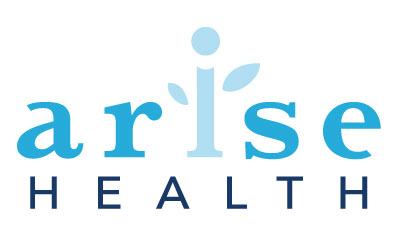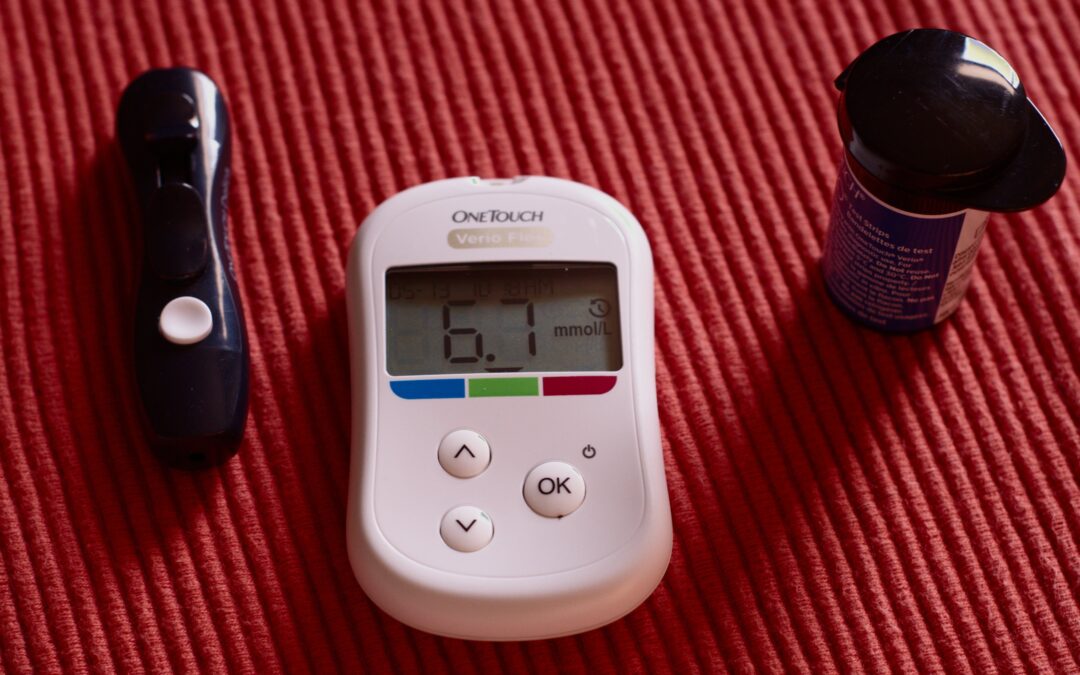by Lucienne Steel – Naturopath
In your 40s is the perfect time to make lifestyle changes to help improve the symptoms of menopause.
- The average life expectancy for Australian women is now 83 yrs with 1⁄3 reaching 100 yrs
- The average age of menopause is 51 yrs
- You are not a dried up husk when you hit menopause, you’re only halfway!
- Now is the time to reset & refocus. Let’s go out 50 yrs from now, knowing we stayed as strong & healthy as we could, as long as possible.
In complementary medicine we are not just aiming for lack of disease.
All of the systems are interrelated – your perimenopause symptoms are related to your blood glucose levels, muscle mass, protein intake and sleep.
In this first post, we will be talking about blood glucose levels.
Blood Sugar Recap
- Foods are broken down into carbohydrates, fats and proteins. All are necessary for health.
- Carbohydrates are quickly & easily broken down to glucose, the body’s preferred fuel. Using fat or protein for fuel is slower & takes more energy.
- As blood glucose levels rise, the pancreas produces the hormone insulin, which either tells our cells to use the glucose immediately for energy or tells the liver to convert and store it as fat, to be used later when we hit a famine.
- Our bodies will always try to maintain homeostasis: when blood glucose levels (BGL) rise, insulin production rises. As the insulin does its job and directs glucose out of the bloodstream, BGL drop and insulin production slows.
Insulin Resistance
If BGL is always spiking, there is a constant flood of insulin, body cells get overwhelmed & stop responding as well. Glucose can’t enter cells as easily, so BGL stays high, so insulin stays high.
The symptoms of insulin resistance include:
- fatigue, headaches, brain fog, irritability
- increased hunger, sugar cravings,
- increased thirst & urination, including nocturia
- can lead to overactive bladder then pelvic floor dysfunction weight gain
- skin tags
- systemic inflammation & high cholesterol
- if chronic: lowered immune function & skin healing, vaginal infections, cardiovascular disease, eventually the pancreas fatigues and develops Type II Diabetes Mellitus
Factors that increase risk of insulin resistance
- standard Western diet (high in sugar, refined carbohydrates and trans/saturated fats, low in fibre)
- being overweight
- lack of exercise
- family history of type 2 diabetes
- regular/excessive alcohol intake
hormonal fluctuations, like those that occur in perimenopause
Oestrogen & progesterone improve insulin sensitivity, so in perimenopause when those levels fluctuate and drop, so does your sensitivity to insulin. This can lead to:
- Poor sleep and resultant poor food choices
- Stress, anxiety, high cortisol
- Muscle loss
- Digestive changes and low appetite
To prevent/improve insulin sensitivity in perimenopause (remembering that all systems are interrelated):
- Improve sleep consistency & quality for stable BGL, lower cortisol & better food choices.
- Increase exercise to utilise the circulating glucose and stored fat, build/maintain muscle mass to increase metabolism.
- Increase protein & fibre intake to slow BGL spikes and provide longer-lasting energy.
In the next post, we will talk about sleep and perimenopause.

